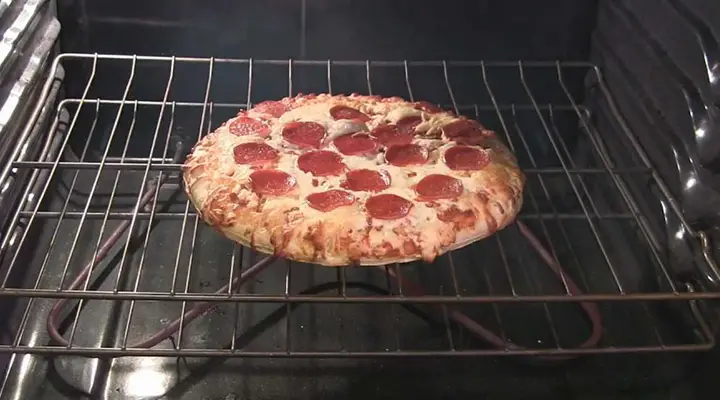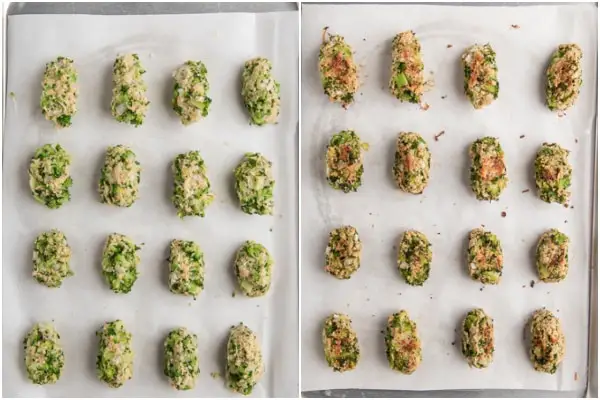According to food safety guidelines and recommendations from reputable sources, cooked lamb shanks can be safely stored in the fridge for up to 3-4 days. It is important to properly store and handle the cooked meat to maintain its quality and prevent the growth of harmful bacteria.
Key Takeaways:
- Cooked lamb shanks can be safely stored in the fridge for 3-4 days.
- Proper storage and handling are crucial to maintain the meat’s quality and prevent bacterial growth.
Best Practices for Storing Cooked Lamb Shanks
When it comes to storing cooked lamb shanks, following best practices is essential to maintain their quality and ensure food safety. Here are some key guidelines to keep in mind:
- Cool down before refrigerating: Allow the lamb shanks to cool down to room temperature before placing them in the fridge. This helps prevent condensation and moisture buildup, which can affect the meat’s texture and taste.
- Use proper containers: Store the cooked meat in an airtight container or wrap it tightly with plastic wrap or aluminum foil. This helps prevent exposure to air, which can cause the lamb shanks to dry out and become less flavorful.
- Label and date: It’s important to label the container with the date of storage. This allows you to keep track of the freshness and know when it’s time to consume or discard the lamb shanks.
- Prevent cross-contamination: Store the lamb shanks on a separate shelf in the fridge, away from other raw meats. This helps prevent the transfer of bacteria and reduces the risk of foodborne illnesses.
- Maintain proper temperature: Keep your refrigerator temperature at 40°F (4°C) or below to inhibit the growth of harmful bacteria. Regularly check the temperature to ensure it remains within the safe range.
Following these best practices will help extend the shelf life of cooked lamb shanks and ensure that they remain safe and delicious for consumption.
| Best Practices for Storing Cooked Lamb Shanks |
|---|
| Allow the lamb shanks to cool down to room temperature before refrigerating. |
| Use airtight containers or wrap the meat tightly with plastic wrap or aluminum foil. |
| Label the container with the date of storage for tracking freshness. |
| Store the lamb shanks on a separate shelf to prevent cross-contamination. |
| Maintain a refrigerator temperature of 40°F (4°C) or below. |
Signs of Spoilage to Look Out For
When it comes to cooked lamb shanks, it is essential to be able to identify signs of spoilage to ensure the safety of your food. Here are some indicators that the lamb shanks may have gone bad and should not be consumed:
- Foul or off odor: If the meat smells unpleasant or has a rancid odor, it is a clear indication of spoilage.
- Slimy texture: Cooked lamb shanks should have a firm texture. If they feel slimy or sticky to the touch, it is a sign of bacterial growth.
- Mold growth: Any visible mold on the meat indicates that it has spoiled and should not be eaten.
- Unusual color: If the lamb shanks have a gray or greenish hue, it suggests that they have gone bad.
It’s crucial to trust your senses and be cautious when observing these signs. If you notice any of these indications, it is best to discard the cooked lamb shanks to avoid the risk of foodborne illnesses.
| Signs of Spoilage | Description |
|---|---|
| Foul or off odor | If the meat smells unpleasant or has a rancid odor, it is a clear indication of spoilage. |
| Slimy texture | If the cooked lamb shanks feel slimy or sticky to the touch, it is a sign of bacterial growth. |
| Mold growth | Any visible mold on the meat indicates that it has spoiled and should not be eaten. |
| Unusual color | If the lamb shanks have a gray or greenish hue, it suggests that they have gone bad. |
Safe Reheating of Cooked Lamb Shanks
When it comes to reheating cooked lamb shanks, it is crucial to prioritize food safety to avoid the risk of foodborne illnesses. Following a few simple guidelines can help ensure that your reheated lamb shanks are safe to consume.
A key step in safe reheating is to thoroughly heat the meat to an internal temperature of at least 165°F (74°C). This temperature is necessary to kill any bacteria that may have grown during storage. Using a food thermometer is highly recommended to accurately monitor the temperature and ensure that the lamb shanks are heated to the appropriate level.
There are several methods you can use to reheat cooked lamb shanks, including the oven, microwave, and stovetop. Whichever method you choose, it is important to ensure that the meat is heated evenly to eliminate any potential cold spots where bacteria may survive. Stirring or flipping the lamb shanks during the reheating process can help achieve this even heat distribution.
| Reheating Method | Instructions |
|---|---|
| Oven | Preheat the oven to a temperature of 325°F (163°C). Place the lamb shanks in a baking dish and cover it with aluminum foil. Reheat for approximately 20-30 minutes or until the internal temperature reaches 165°F (74°C). |
| Microwave | Transfer the lamb shanks to a microwave-safe container or dish. Cover the dish loosely to allow steam to escape and prevent splatters. Heat on high power for 2-3 minutes, stirring halfway through, until the internal temperature reaches 165°F (74°C). |
| Stovetop | Place the lamb shanks in a skillet or saucepan and add a small amount of liquid, such as broth or sauce, to prevent them from drying out. Heat over medium heat, stirring occasionally, until the internal temperature reaches 165°F (74°C). |
It is important to note that any leftovers that have been left out at room temperature for more than 2 hours should be discarded, as they may have already reached unsafe temperatures and become susceptible to bacterial growth. By following these safe reheating practices, you can enjoy your leftover cooked lamb shanks with peace of mind.
Proper Disposal of Spoiled Cooked Lamb Shanks
If you find that your cooked lamb shanks have spoiled and are no longer safe for consumption, it is crucial to dispose of them properly to prevent any potential health risks. Follow these steps for the safe and responsible disposal of spoiled cooked lamb shanks:
1. Containment: Place the spoiled meat in a sealed plastic bag to prevent any leakage. This will help contain any potential contamination and minimize odor.
2. Secure Disposal: Put the bagged meat in a trash bin with a secure lid to prevent animals from accessing it. This will help prevent the spread of bacteria and potential foodborne illnesses.
3. Double-Bagging: If possible, double bag the sealed plastic bag containing the spoiled meat. This provides an extra layer of protection and further minimizes the risk of leakage or exposure.
4. Appropriate Disposal: Avoid putting the spoiled meat in compost bins or garbage disposals, as this can contaminate the environment and pose hazards. Dispose of it in the regular trash, following your local waste management guidelines.
By following these steps, you can ensure proper disposal of spoiled cooked lamb shanks, minimizing any potential risks to health and maintaining a clean and safe environment.
FAQ
Q: How long can cooked lamb shanks stay in the fridge?
A: According to food safety guidelines and recommendations from reputable sources, cooked lamb shanks can be safely stored in the fridge for up to 3-4 days.
Q: What are the best practices for storing cooked lamb shanks?
A: To ensure the longest possible shelf life for cooked lamb shanks in the fridge, follow these best practices: allow the lamb shanks to cool down to room temperature before refrigerating, place the cooked meat in an airtight container or wrap it tightly with plastic wrap or aluminum foil, label the container with the date of storage, store the lamb shanks on a shelf, away from other raw meats, and maintain a refrigerator temperature of 40°F (4°C) or below.
Q: What are the signs of spoilage to look out for in cooked lamb shanks?
A: Signs of spoilage in cooked lamb shanks include a foul or off odor, slimy texture, mold growth, and an unusual color such as gray or greenish hues.
Q: How should cooked lamb shanks be safely reheated?
A: To safely reheat cooked lamb shanks, thoroughly heat the meat to an internal temperature of at least 165°F (74°C), use a food thermometer to ensure proper reheating temperature, reheat the lamb shanks in the oven, microwave, or on the stovetop, and discard any leftovers that have been left out at room temperature for more than 2 hours.
Q: How should spoiled cooked lamb shanks be properly disposed of?
A: To properly dispose of spoiled cooked lamb shanks, place the spoiled meat in a sealed plastic bag, put the bag in a trash bin with a secure lid to prevent animals from accessing it, and if possible, double bag the meat to provide an extra layer of protection. Avoid putting the spoiled meat in compost bins or garbage disposals, as it may contaminate the environment.

